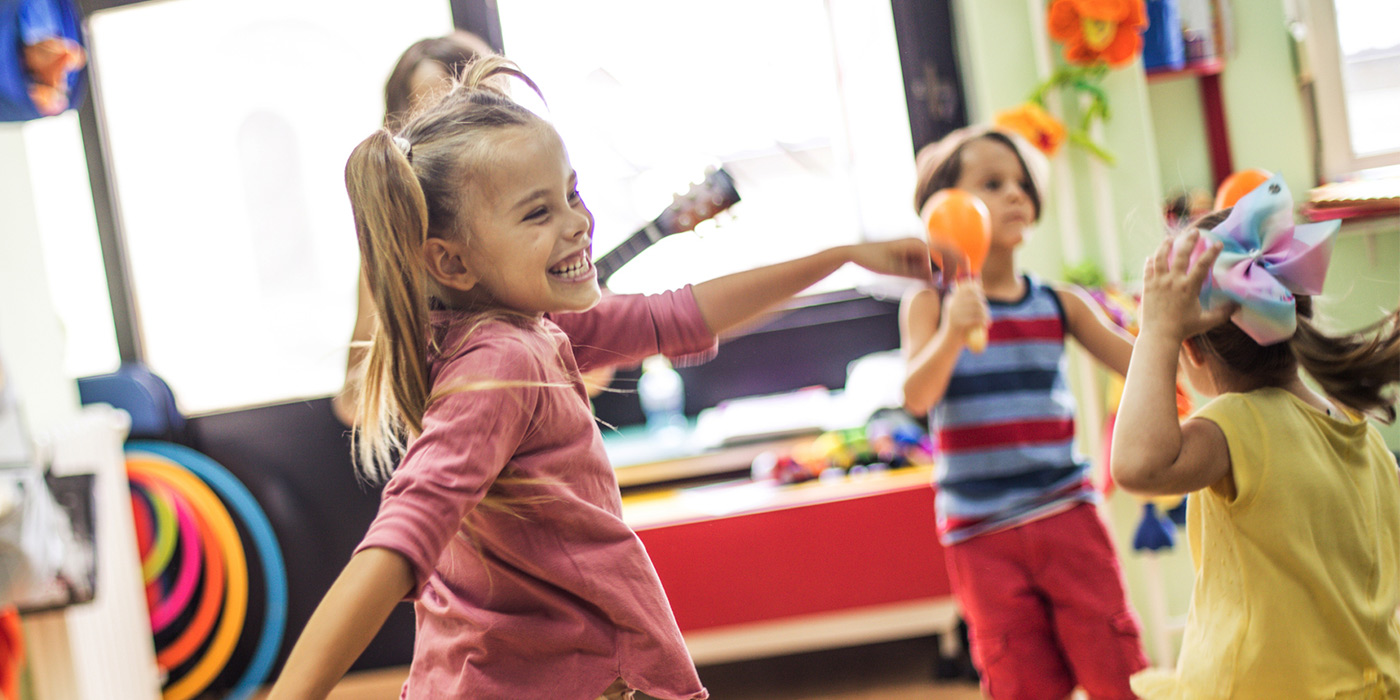Brain breaks are an imperative part of ensuring your students’ success in the classroom. Just like adults, when children are able to rest their minds for even a few minutes, they will be able to absorb information better and complete their work without the risk of burnout.
These types of activities are especially effective for younger kids. Learning in smaller increments — whether you’re starting with a sight word activity or complex spelling words — and taking brain breaks will motivate kids to immerse themselves in the subject and digest the information faster.
Employing movement breaks not only increases your students’ mental stamina, but also encourages them to be more active from an early age. Taking a quick break where students can take a deep breath and listen to their bodies when they feel the need to move around during a lesson will increase their attention spans and prepare them for the next phase of learning.
Here, experienced preschool teacher Katie Fadden and preschool director Shanna Johnson share why physical activity and brain breaks for kids are a fun way to learn, reduce stress, and help children stay focused.
Incorporate Movement Breaks
Younger students typically have high energy levels and greatly enjoy more physical activities during the school day, like running around on the playground or playing sports. When it’s time to instruct students and focus in the classroom, however, the desire for movement can become a distraction.
“Children are active and need plenty of opportunities to get up and moving,” says Fadden. “Brain breaks help make school fun. They often provide lots of smiles, giggles, and laughter that is always needed on a daily basis!”
The right brain break activity can even greatly improve self-esteem and establish a growth mindset so that students learn what their limits are and recognize when they need a reset.
“The younger the kids, the more they need to get up and down across the midline and reset the brain,” says Johnson. “Kids are only designed to sit for approximately the minutes that they are years old. Brain breaks are a great way to reset the mind, refocus, and deliver the message the teacher wants to.”
Try Different Brain Break Activities
There are many fun brain break ideas that incorporate a few physical challenges that the entire class can do. It’s important to figure out what your students’ favorite brain break activity is.
One key brain break activity is dance! Start with simple yet fun exercise, like having a dance party with music and videos you can easily find online. Movement songs, a classic game of musical chairs, or challenging your students to freeze dance until the music stops will not only engage kids, but also increase neural activity and get the creative juices flowing again.
“We use dance during many transitions — it’s a great way to get the wiggles out, have fun, build relationships, and start to understand and explore spacial awareness,” says Johnson. “Plus, it’s good for your health! We use it to teach concepts such as the water cycle, the solar system, and other hard-to-remember concepts. When using multiple parts of the brain, your memory is ignited and makes learning fun!”
Older students also greatly benefit from kinesthetic learning and playing a quick game during brain breaks. Even something as simple as having students stand and participate in an activity, like blowing bubbles outside in the fresh air or bopping around a beach ball on the playground, will do wonders for their energy levels.
See more brilliant ideas for brain breaks.
Physical Brain Breaks Encourage Learning
It’s a well-known fact that everyone — even adults — benefit from brain breaks. It’s easier to concentrate on learning tasks and class work when your students have the opportunity to have an outlet for their pent-up energy.
“The best way to reach children is through movement and using multiple parts of the brain,” says Johnson. “If you plan to make a difference and put things into memory you must move, sing and dance, and through all of this, teach!”
There are also many free resources online — like YouTube — where you can get inspiration for great brain break ideas that don’t require any sign up.
Shop books about movement and mindfulness below to enhance your classroom discussions about restorative brain breaks! You can find all books and activities at The Teacher Store.
